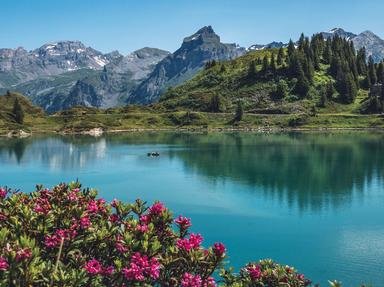Quiz Answer Key and Fun Facts
1. Named for a sixteenth century explorer and located at the tip of South America
2. Near Arctic Circle and separates Russia from the USA
3. Home to Norfolk Island and named for a Dutch explorer, the first European known to have seen it
4. Part of the Labrador Sea, bordering Greenland
5. Once known as the Murman Sea, located near the island of Svalbard
6. Named after a Scottish sailor, and part of the Southern Ocean
7. Provides a passageway between the Coral Sea and the Gulf of Carpentaria
8. Provides a sea route between the Atlantic and Pacific Oceans and first navigated in 1520
9. Second largest of its type in the world, and named for a seventeenth century explorer
10. Lies between two states of an island country
Source: Author
rossian
This quiz was reviewed by FunTrivia editor
agony before going online.
Any errors found in FunTrivia content are routinely corrected through our feedback system.
